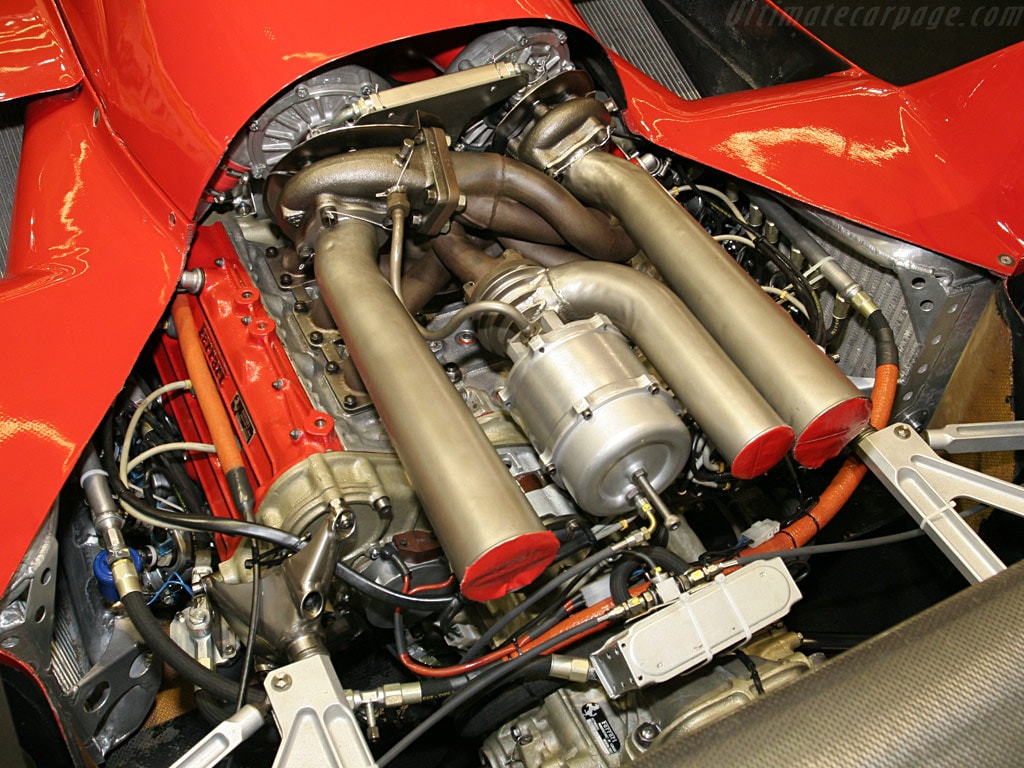Why restrict to 10 degrees? Or a multiple event for that matter?
Ultimate fuel savings and emissions for an F1 car is not as critical as a production car. Another thing is that piezo electronics have infinite resolution.
F1 teams may push the technology even further; that 0.0002s figure could be further reduced in time.
Resolution
Since the displacement of a piezo actuator is based on ionic shift and orientation of the PZT unit cells, the resolution depends on the electrical field applied. Resolution is theoretically unlimited. Because there are no threshold voltages, the stability of the voltage source is critical; noise even in the µV range causes position changes. When driven with a low-noise amplifier, piezo actuators can be used in tunneling and atomic force microscopes providing smooth, continuous motion with sub-atomic resolution.
We don't know how much more the technology will advance in 2 years. Injection can also be very flexible, some injection could take place on the intake stroke, then some injection on compression etc. Race fuel is also a consideration.
I agree that beyond a certain engine speed, it may not be possible to use the best techniques to obtain lowest emissions possible, but i think it is very likely that the technology can still be applied to engines revving well beyond 10000 rpm.
It may not be applied in the cleanest greenest ways, but it can be applied.
I think multi event injections work best on slow rotating engines such as diesels and long stroke applications. The concern for emissions also goes out the window with F1 engines which don't use catalytic converters.





